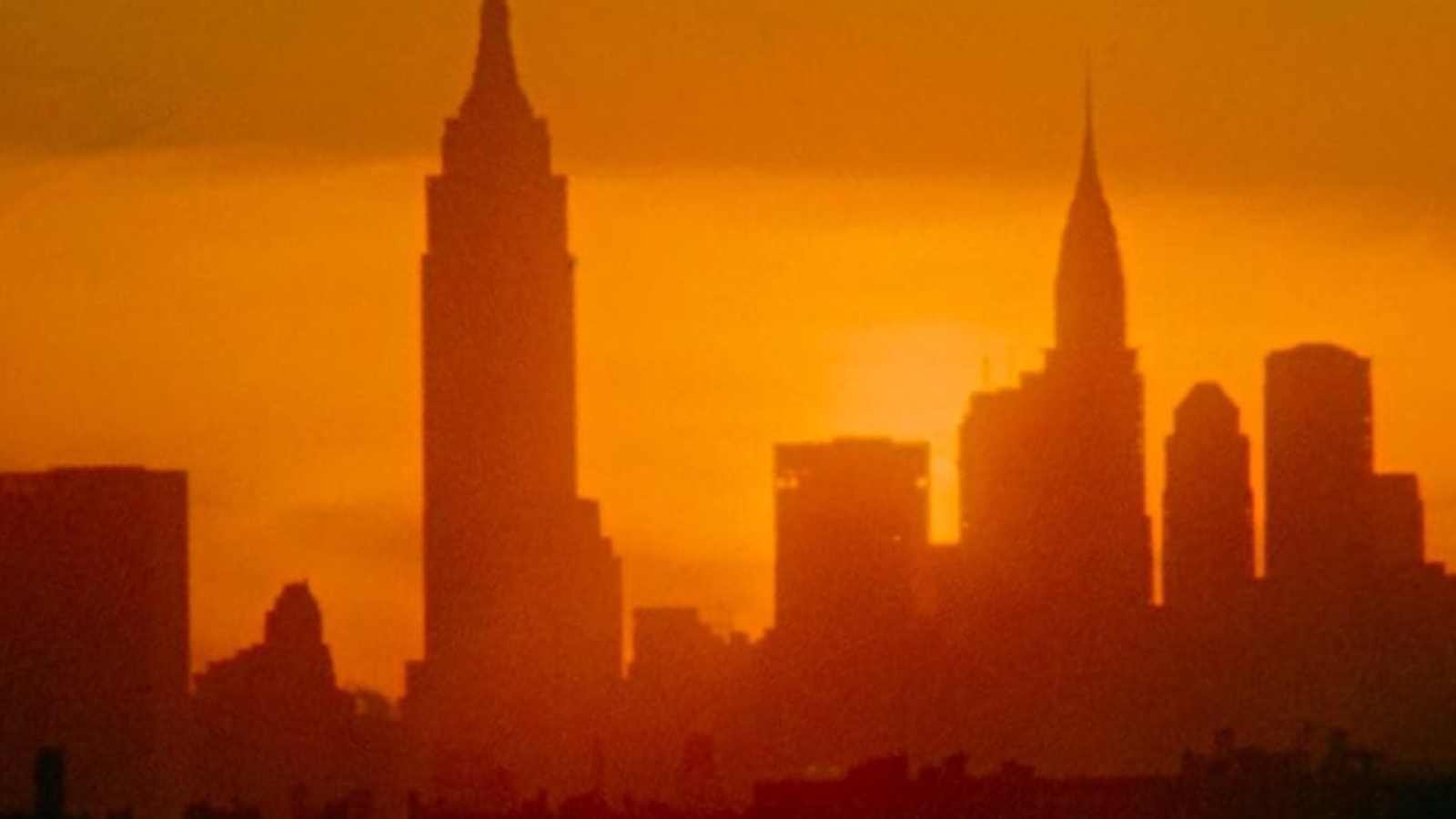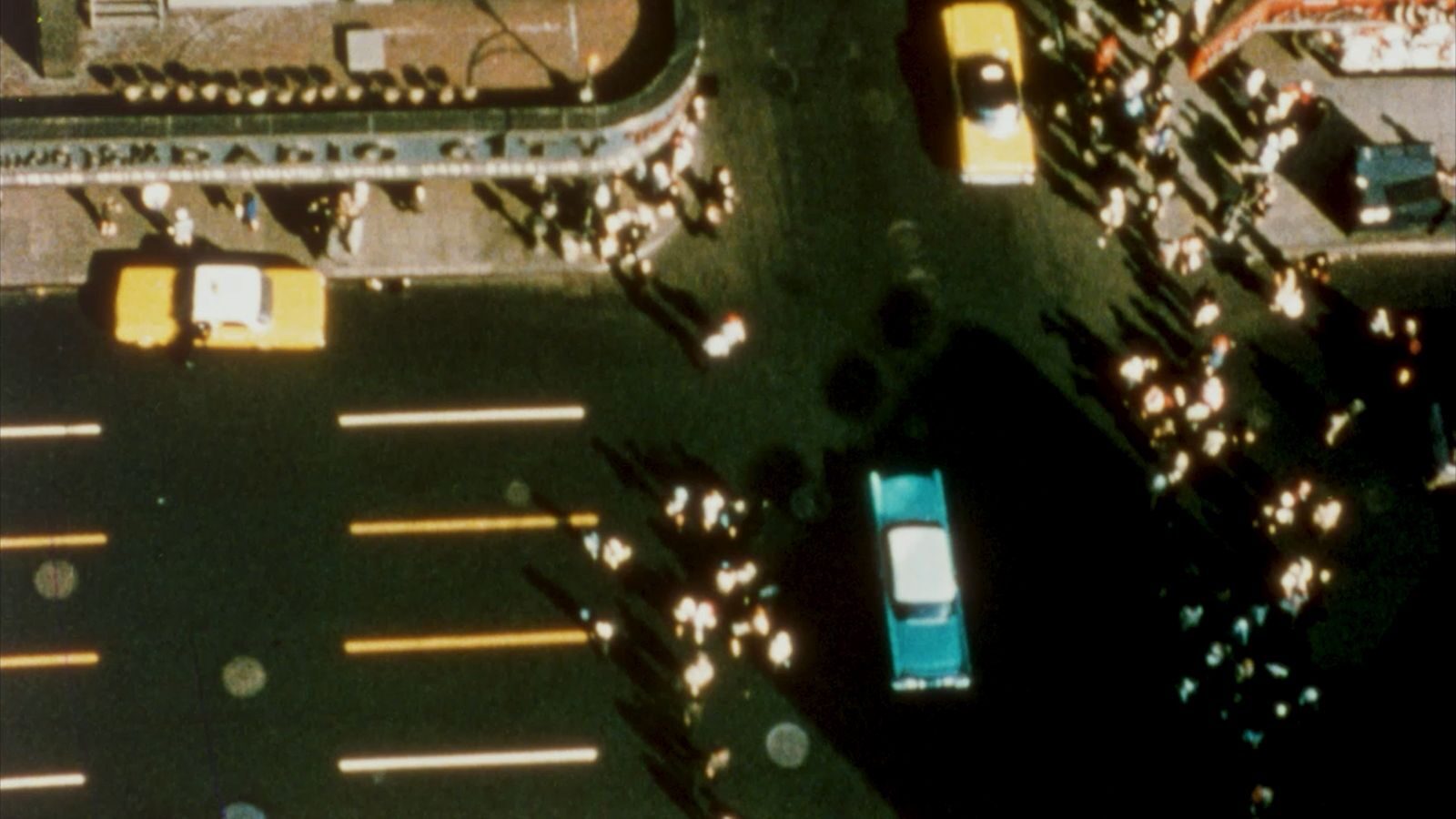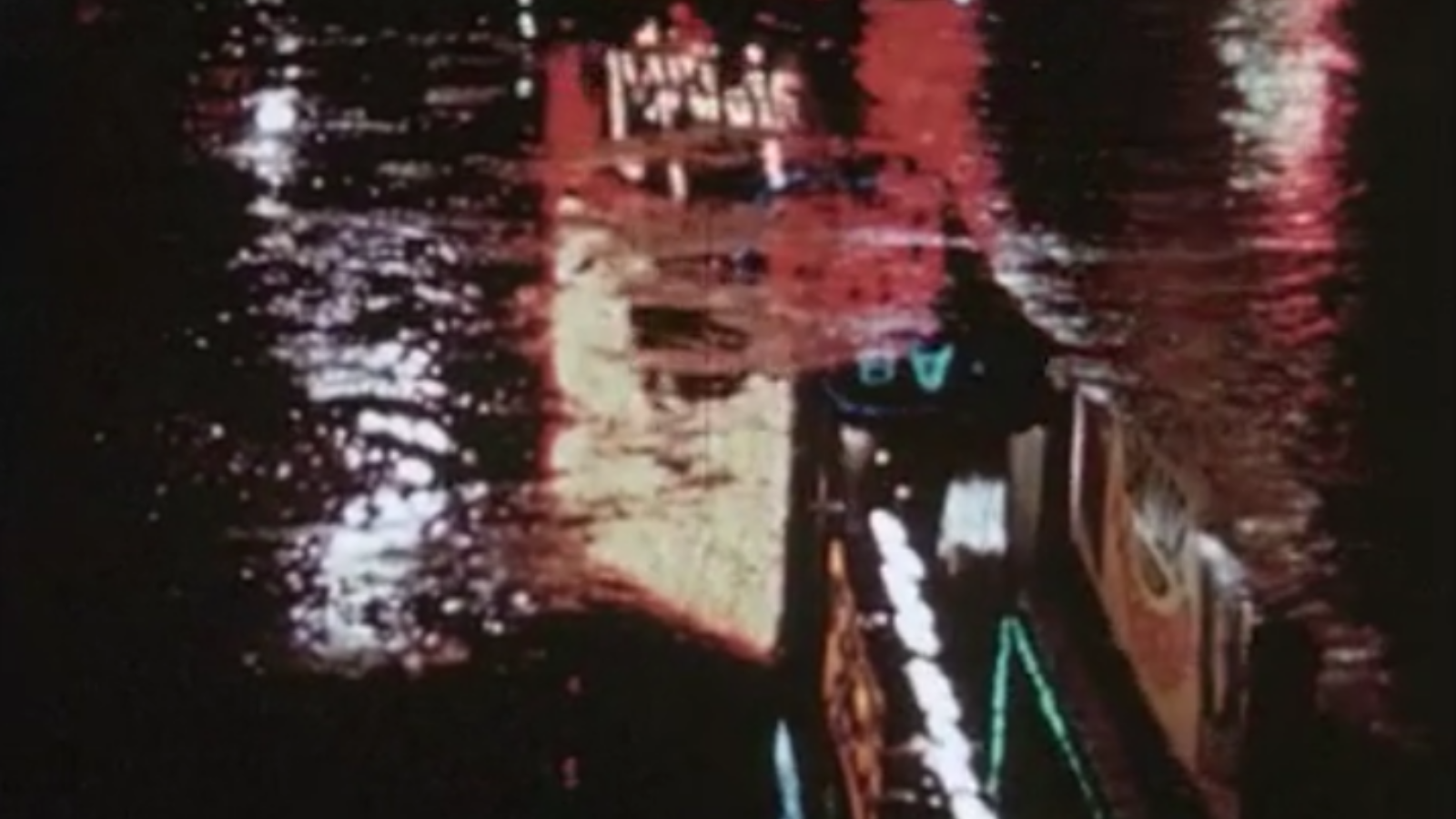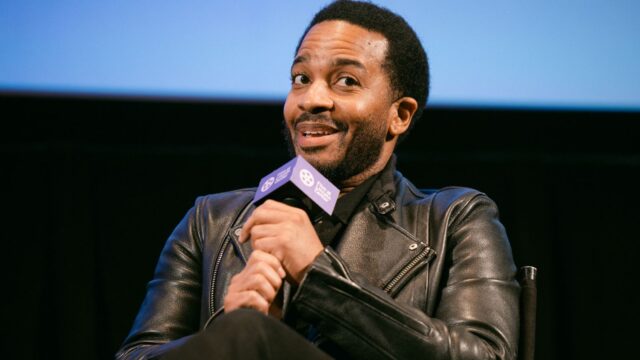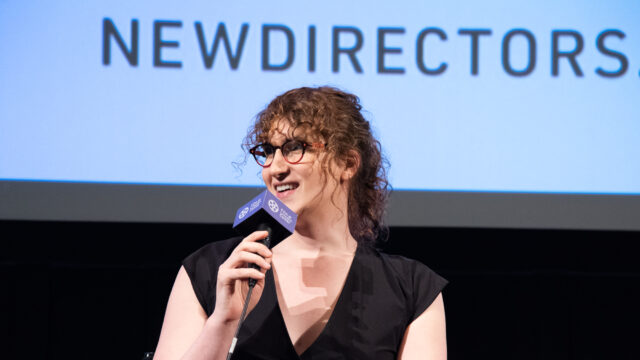Program 2: The Postwar City Symphony, Part 1
Friday, May 3
Tuesday, May 7
Venue
EBM Film Center (FBT)See more and save with a 3+ Film Package or All-Access Pass
Introduced by Erica Stein, Associate Professor and Chair of Film at Vassar College and author of Seeing Symphonically: Avant-Garde Film, Urban Planning, and the Utopian Image of New York (SUNY Press, 2021) on May 3
WeeGee’s New York
Arthur ‘Weegee’ Felig, 1948, 16mm, 28m
Daybreak Express
D.A. Pennebaker, 1953, 5m
Jazz of Lights
Ian Hugo, 1954, 16m
N.Y, N.Y.
Francis Thompson, 1957, 15m
Go Go Go
Marie Menken, 1964, 16mm, 12m
A close cousin to the transit film, New York city symphonies have a storied and well considered history. A cornerstone genre of experimental film, the city symphony was born in Europe and linked strongly to Modernism. The works took a day-in-the-life framing of an urban space, offering a panoramic view of the city’s buildings, citizens, and the machinations of its quotidian activities (classic examples include Berlin: Symphony of a Great City [1927] and Rain [1929]). City symphonies of this period are as much interested in the content they depict as in expanding and exploring the possibilities of film language. The two programs gathered under the moniker here account for the breadth and dynamism of the mode with the city’s environs explored from a wide array of perspectives. Here the dizzying verticality of Manhattan is articulated and abstracted in films by Francis Thompson and Ian Hugo; the pace of city life is rendered with forceful, hypnotic speed by Marie Menken and D.A. Pennebaker; Rudy Burckhardt tours us through the streets and fashions of Manhattan’s East Side denizens with color-saturated and Thelonious Monk-soundtracked aplomb; and Arthur ‘Weegee’ Felig takes us across the Brooklyn Bridge down to Coney Island and all around the rest of the city with characteristic gusto and verve.

